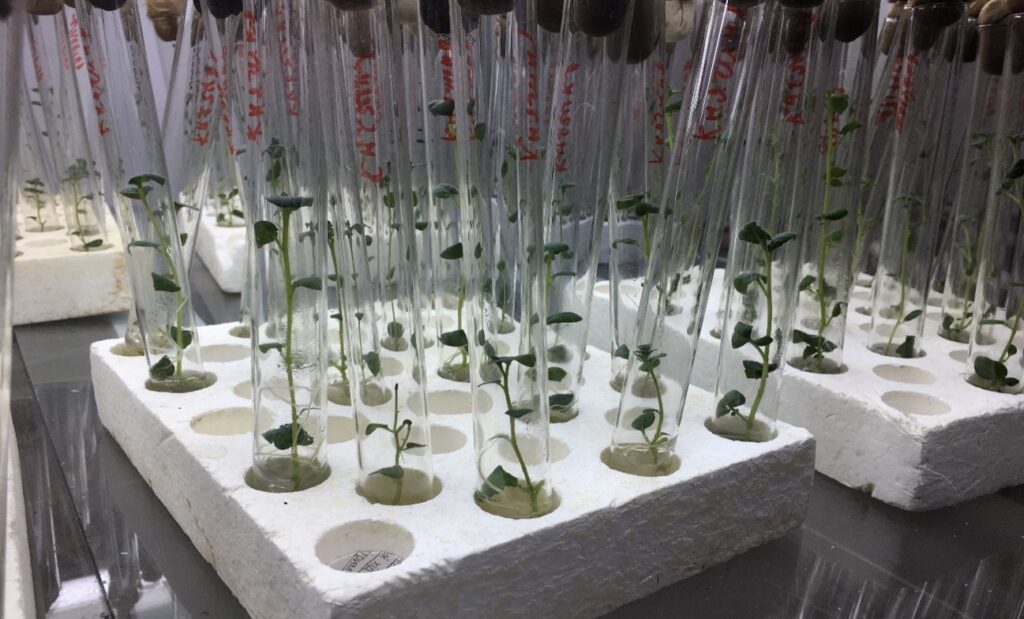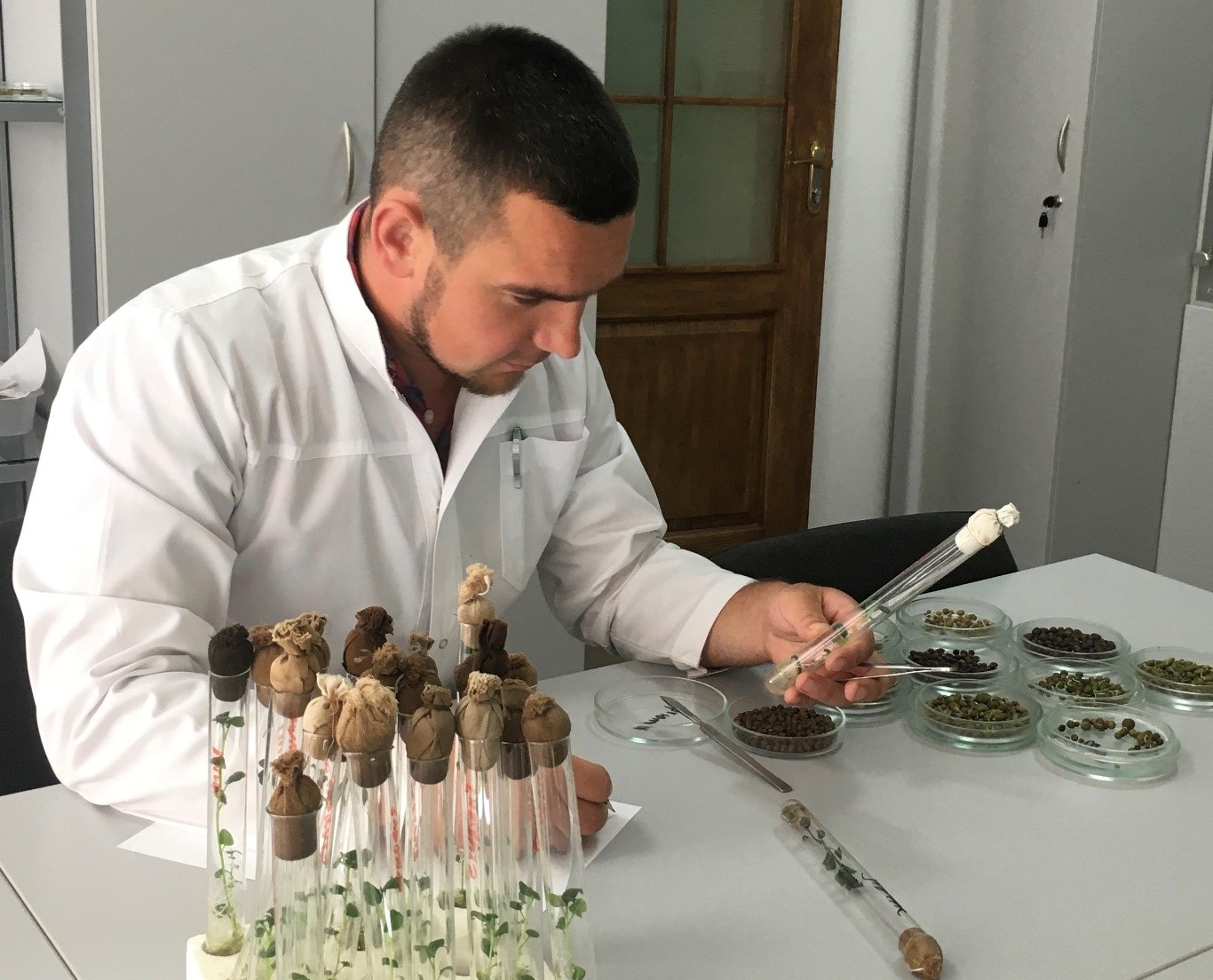Microclonal propagation of potatoes is one of the most effective biotechnological methods in selective breeding of plants and seed production. This is caused by the fact that, due to callusogenesis, it provides ample opportunities for using various selective factors to induce somaclonal variability. The study and optimization of conditions for the induction of morphogenesis from cultured cells is essential for studying new valuable forms of Solanum tuberosum L within in vitro cultures.

The main goal of our experiment is to study the features of morphogenetic reactions of Solanum tuberosum L. within in vitro cultures for a number of modern domestic and foreign potato varieties, the effectiveness of which depends on the seasonality of selection, the type of explant, the composition of the nutrient medium and the genotype. Optimization of nutrient media and conditions for obtaining callus culture, regenerative plants, microtubers, and in vitro induction of organogenesis, is studied.
Six potato varieties of different ripeness groups are used as the object of research. Fragments of the apical meristem of potatoes were selected for in vitro induction.

A rational combination of classical selective breeding of plants using biotechnological methods contributes to the acceleration and improvement of agricultural production through intensive reproduction of improved high-quality material. It also makes it possible to provide them to the population and put them into production to the full extent in a very short time.
A small research grant from the US-Ukraine Foundation Biotech Initiative allowed us to recently upgrade the educational and scientific laboratory of biotechnological in vitro research at Sumy National Agrarian University with: a laboratory heating and drying oven, a refrigerator for storing the nutrient medium of amino acids and other components, and a laboratory climate chamber that will allow not only to create favorable conditions (providing a constant temperature without access to light) for obtaining microtubers of Solanum tuberosum L. (which can be grown in the dark room) but, if necessary, provide proper storage of the obtained planting material in the second chamber.

